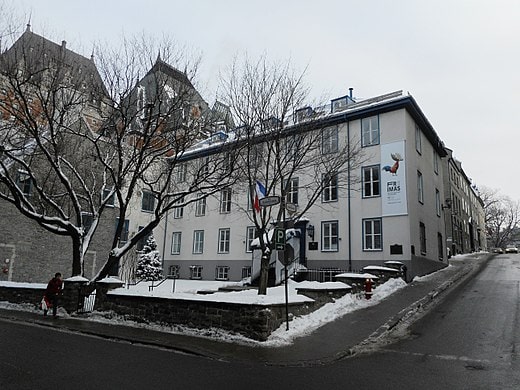Buildings in any part of the world signify a sense of historic pride at the beginning of civilisation. Canada, a land of natural wonders, is also home to a collection of historic buildings that whisper tales of centuries gone by. From the quaint streets of Quebec to the bustling neighbourhoods of Montreal, these architectural gems stand as testaments to Canada’s rich and diverse history.
Let’s uncover the 10 oldest buildings in Canada that have survived time and continue to echo the stories of generations.
10. Her Majesty’s Royal Chapel of the Mohawks (1785)
Time Period: Constructed in 1785
Architecture Style: Georgian architecture
Still Standing: Yes
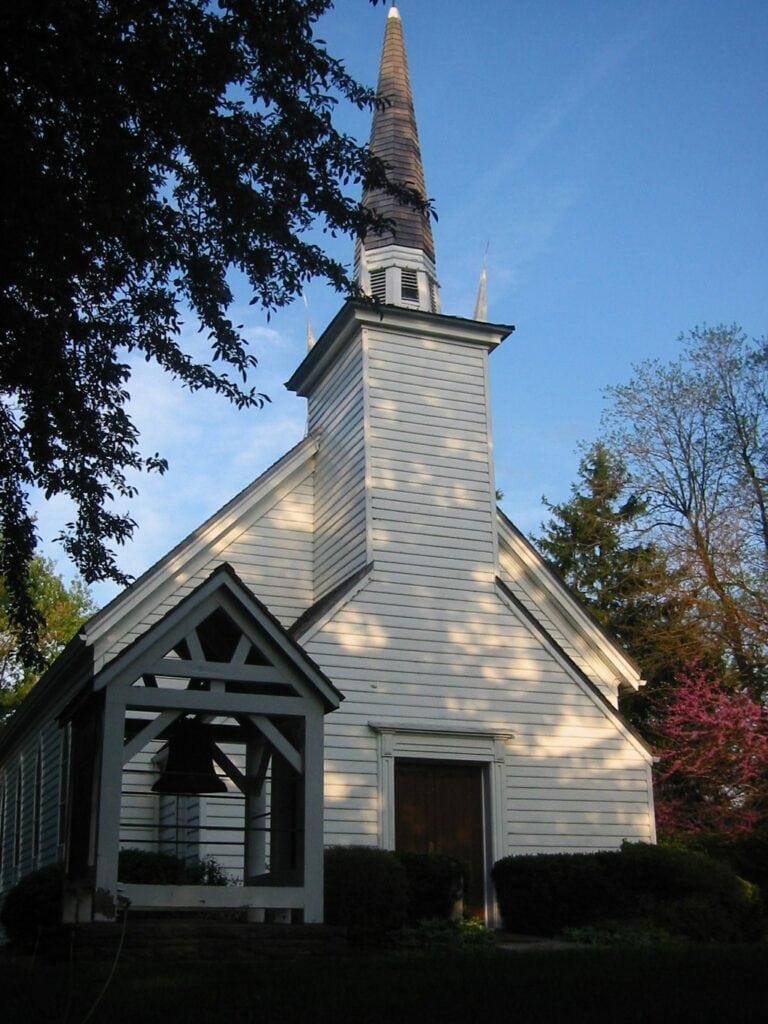
In Brantford, Ontario, the Her Majesty’s Royal Chapel of the Mohawks stands tall as a living tribute to indigenous heritage. Constructed in 1785, it holds the distinction of being Ontario’s oldest surviving church, powerfully reminding us of the Mohawk First Nation’s unwavering allegiance to the British Crown during the American Revolution.
Did you know?
The chapel’s architectural design, a blend of Georgian and Mohawk influences, is a unique representation of cultural fusion, reflecting the harmony between indigenous and colonial elements.
9. Peter Secord House (1782)
Time Period: Built in 1782
Architecture Style: Vernacular Ontario architecture
Still Standing: Yes
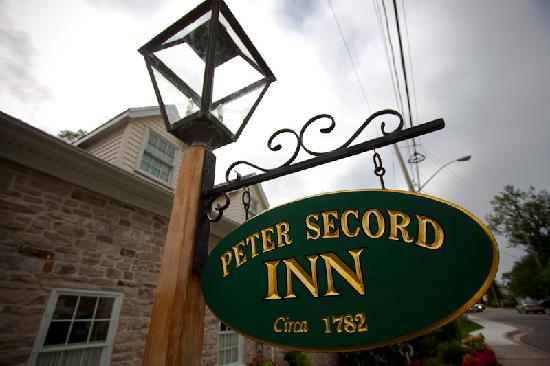
Ontario’s Peter Secord House, erected in 1782, offers a glimpse into the life of American loyalist Peter Secord. This stone home, standing as a silent observer of history, has weathered fires and transformations, preserving the whispers of its past and connecting us with the present.
Did you know?
This Georgian farmhouse is a slice of history, designated as historically significant and recognised as the earliest Loyalist home in Niagara. It holds the distinction of being the only one of its kind in Upper Canada.
8. Fort Anne (1702)
Time Period: Established in 1702
Architecture Style: Military architecture
Still Standing: Yes
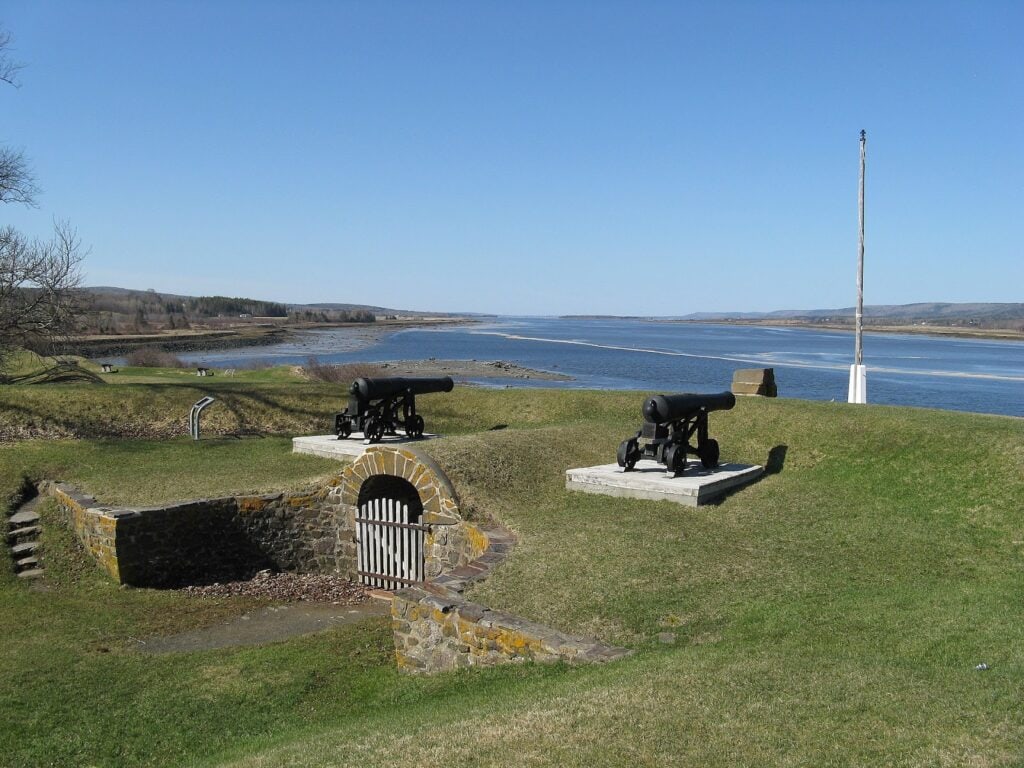
As a sentinel overlooking Annapolis Royal, Nova Scotia’s Fort Anne stands with solemn significance. Born in 1702, its purpose was to safeguard the harbour during King George’s War. Over time, it transformed into a museum, weaving narratives of military conflicts and maritime heritage that resonate through the ages.
Did you know?
Designated a National Historic Site of Canada, Fort Anne is home to two well-preserved buildings: the 1708 stone powder magazine and the 1797 Officer’s Quarters, now housing a museum showcasing the fort’s history.
7. Manoir Boucher de Niverville (1668)
Time Period: Built-in 1668
Architecture Style: Vernacular Quebecois architecture
Still Standing: Yes
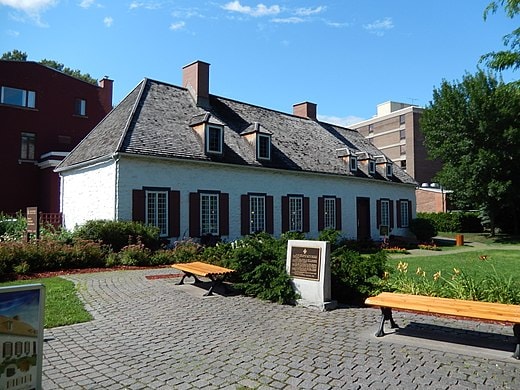
The echoes of history resonate within Trois-Rivières’ Manoir Boucher de Niverville, constructed in 1668. Restored during the 1960s, this residence invites us to step into the past, where its walls hold tales of significance. Housing an exhibit on bourgeois life in New France, it unveils the intricate threads that composed the social fabric of the era, offering a window into a world long gone.
Did you know?
Engage in a fun and educational GPS Rally activity starting at the manor, where participants explore downtown Trois-Rivières by finding hidden items, fostering teamwork and stretching both minds and legs.
6. Maison Hudon (1668)
Time Period: Constructed in 1668
Architecture Style: Vernacular Quebecois architecture
Still Standing: Yes
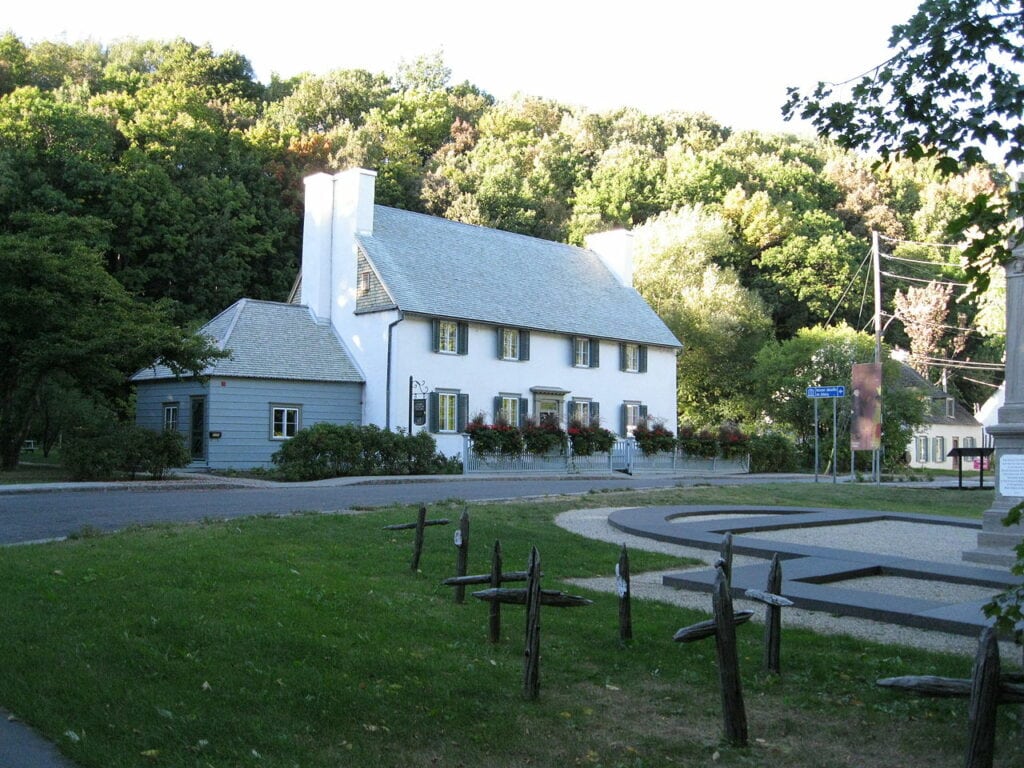
In Château-Richer, the Maison Hudon, also known as the Maison Rouge, stands as a striking testament to its distinctive red roof. Crafted in 1668 for the Hudon family, this architectural gem underwent a revitalising renovation in 2007, ensuring that its legacy seamlessly bridges the gap between history and the modern age.
Did you know?
The striking contrast of the red roof against the backdrop of Château-Richer’s landscapes makes Maison Hudon a picture-perfect destination.
5. Maison du Duc-de-Kent (1648)
Time Period: Original construction period 1648
Architecture Style: Historic Quebecois architecture
Still Standing: Yes
Photo Source: Wikipedia
Gracefully tucked behind Quebec City’s Chateau Frontenac, the Maison du Duc-de-Kent unfolds a distinguished history. Paying homage to Prince Edward, Duke of Kent and Strathearn, this house’s foundation and first-floor walls eloquently resonate with the bygone era of its illustrious inhabitant.
Did you know?
The connection to the Battle of the Plains of Abraham and its role in the British Conquest of New France infuses the Duke of Kent House with historical weight.
4. Maison Delisle (1648)
Time Period: Dates back to 1648
Architecture Style: Vernacular Quebecois architecture
Still Standing: Yes
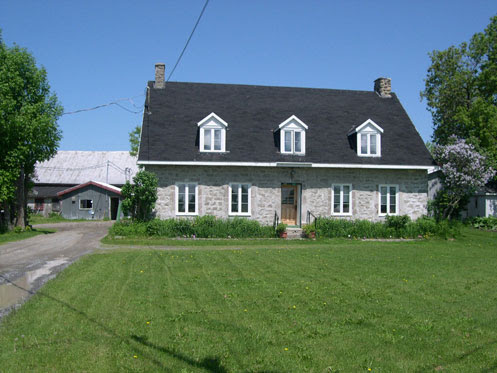
Standing tall in Deschambault-Grondines, the Maison Delisle weaves a tale of tenacity against adversity. Its origins trace back to 1648 when it was built as a rectangular house for military captain Paul Perrault. Through the trials of English attacks and fires in 1759, this enduring structure remains steadfast, embodying the spirit of endurance against the odds.
Did you know?
Maison Delisle was expanded between 1672 and 1682 for military purposes under the order of Governor Frontenac.
3. Ursuline Monastery of Quebec City (1642)
Time Period: Founded in 1642
Architecture Style: Gothic
Still Standing: Yes
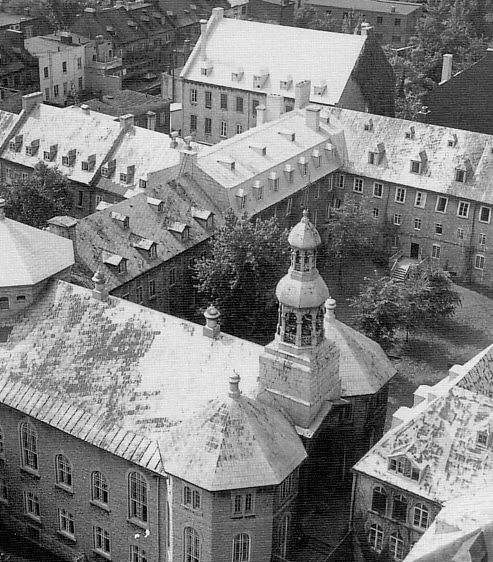
Since its establishment in 1642, the Ursuline Monastery in Quebec City has been a steadfast guardian of education. As North America’s oldest institution dedicated to educating women, it carries a legacy of enlightenment through time. Even amidst the challenges of the Siege of Québec, its Gothic architecture proudly adorns the city’s horizon, embodying the enduring spirit of education’s perseverance across the ages.
Did you know?
Sections like St. Augustin and Ste. Famille, alongside kitchen wings, is remarkable as the largest surviving pre-1700 structure in Canada.
2. Auberge Place d’Armes (1640)
Time Period: Constructed around 1640
Architecture Style: 17th-century French architecture
Still Standing: Yes
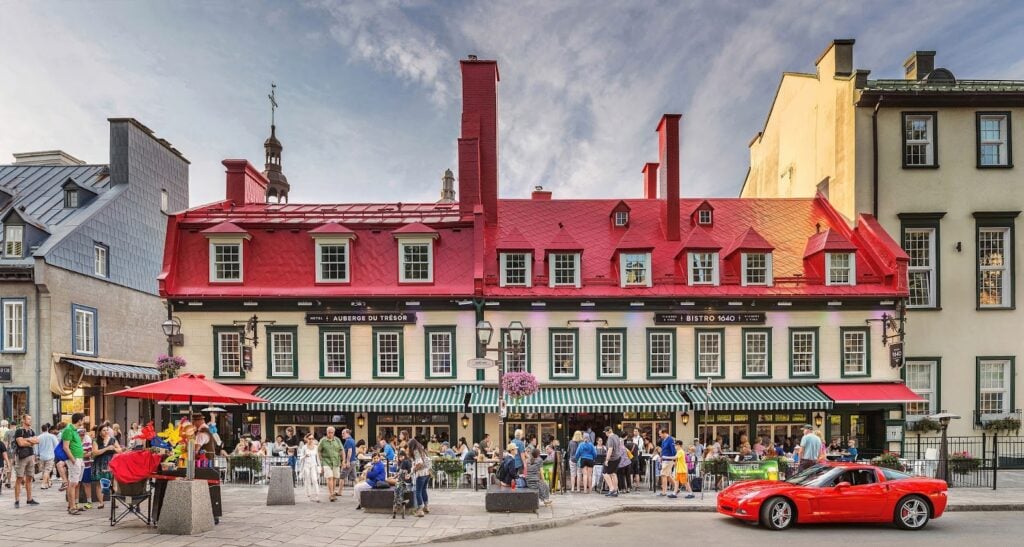
Amidst the charms of Quebec City, the Auberge Place d’Armes elegantly captures the essence of 17th-century French architecture. Erected in 1640, this inn embraced and sheltered early French settlers, providing them solace and refuge. Today, it stands as a testament to Canada’s enduring French heritage, etching its legacy within the very stones that compose its structure.
Did you know?
Owned and maintained by the Couillard-Doré family, the inn underwent a complete renovation in 2003 while preserving its 17th-century character.
1. Maison des Jésuites-de-Sillery (1637)
Time Period: Built in 1637
Architecture Style: Early Quebecois architecture
Still Standing: Yes
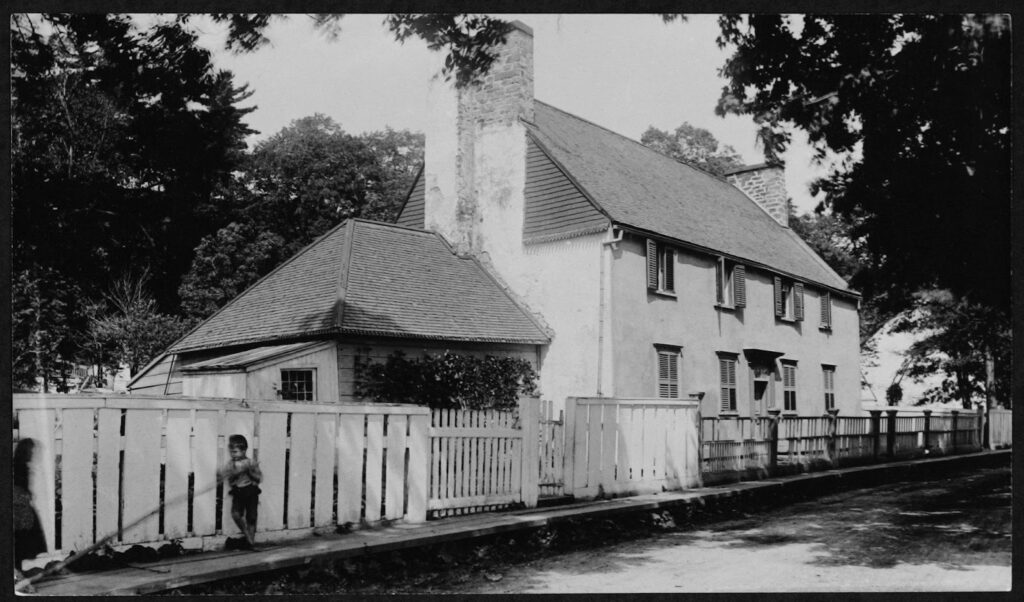
Within the heart of Quebec City, the Maison des Jésuites-de-Sillery stands as an indelible testament to Canada’s earliest history. Constructed in 1637, this house played a pivotal role in New France’s inception by the Jesuits. Maison des Jesuites de Sillery is one of the oldest buildings in Canada that is still standing. It serves as a poignant window into the past, resonating with the Jesuits’ earnest mission to spread their teachings among the Indigenous population.
Did you know?
The property contains archaeological remnants of earlier structures, including the 1637 and 1660 houses, the Saint-Michel chapel (1647), fortifications (1649), and North America’s first Indigenous Catholic cemetery.
Conclusion
Buildings are often not just about the architectural style or the location. They carry the stories and history of that place. It is an integrated representation of culture, society, civilisation, and architectural artistry.
These 10 oldest buildings in Canada represent just that. They are not a part of these generations, but these generations were part of its life. Long-standing buildings like the Maison des Jésuites-de-Sillery have seen people come and go, growing old just like the seasons.


